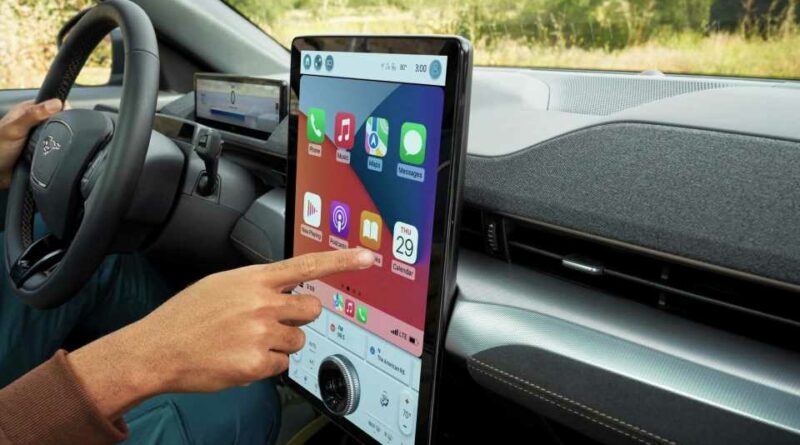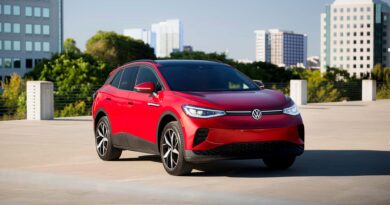Ford CEO: 'We're Committed To Apple CarPlay And Android Auto'
Arguably the most controversial decision any car company has made in recent years isn’t related to batteries, the transition to electric power or even autonomous driving. It’s probably General Motors’ decision to abandon Apple CarPlay and Android Auto, starting with its new generation of EVs. That move hasn’t gone over well with a car-buying public that’s had to put up with years of frustrating and questionable software from car companies. But not every automaker is taking GM’s approach—something Ford CEO Jim Farley made clear on social media this week.
“We’re committed to keeping Apple CarPlay and Android Auto,” Farley said on X and later Threads. “Ford customers love the features because they help keep their eyes on the road and hands on the wheel. We work closely with Apple and Google to create a very high-quality experience for customers. And I think we have the best experience out there with SYNC 4A.”
Get Fully Charged
GM’s decision to abandon Apple CarPlay and Android Auto has been very controversial
After years of frustrating infotainment systems, drivers came to love smartphone projection systems because they’re familiar and just work. But when it comes to software, many car companies want to do their own thing.
Now, this isn’t exactly news from Ford; the automaker has reiterated that CarPlay and Android Auto will be part of its future before. So why would Farley bring it up this week, you ask? Because this week was when the first drives of the Chevrolet Blazer EV went online, and like all of the other future Ultium-platform EVs from GM, it does not support CarPlay and Android Auto.
In fact, as the first vehicle to get GM’s new Google-based infotainment system, the Blazer EV is also the first to omit those popular smartphone projection systems. And that’s sometimes described as a dealbreaker by potential buyers; just look at the many responses to our own stories and social media posts.
Can you blame them? One of the many reasons those systems are so popular is that they just work, period—and in a way that’s familiar to people because it replicates the experiences they’re used to on their smartphones and tablets. After years and years of janky infotainment systems, unresponsive screens, buggy proprietary apps and poor smartphone integration, buyers would rather trust actual tech companies like Apple and Google to make software, not GM.
Now, as I mentioned in my First Drive review of the Blazer EV, GM has its reasons for this. First of all, the new Google-based infotainment system on the Blazer EV offers an ecosystem very similar to what customers use in their daily lives (and the built-in Google Maps is certainly a plus.) Looking to the future, GM wants to do things like EV charger route-planning and subscription software services that may not mesh with smartphone projection. Moreover, GM doesn’t want to just become a hardware manufacturer for tech companies to put their software on—just look at how aggressive the planned next-generation Apple CarPlay is and you may see why. (GM also says that this decision was done to counter driver distraction, but my Motor1 colleague Brett Evans explains why that doesn’t really add up.)
Ultimately, it’s on GM to prove it can offer a software experience that’s not on par with what they get from the tech companies, but better. I had a decent experience with the new infotainment system in the Blazer EV, but since that drive, I’ve learned a few of my industry colleagues encountered screens blinking on and off and smartphone pairing problems. Plus, GM (like most automakers, frankly) has had a ton of struggles on the software front. We’ll certainly learn more as we do real-world testing of these cars, starting with the Blazer EV.
In the meantime, Ford, at least, isn’t willing to risk such customer ire. That means being tethered to Apple and Google for a while longer, but that may pay off for them in the long run instead.
Contact the author: [email protected]
Source: Read Full Article




